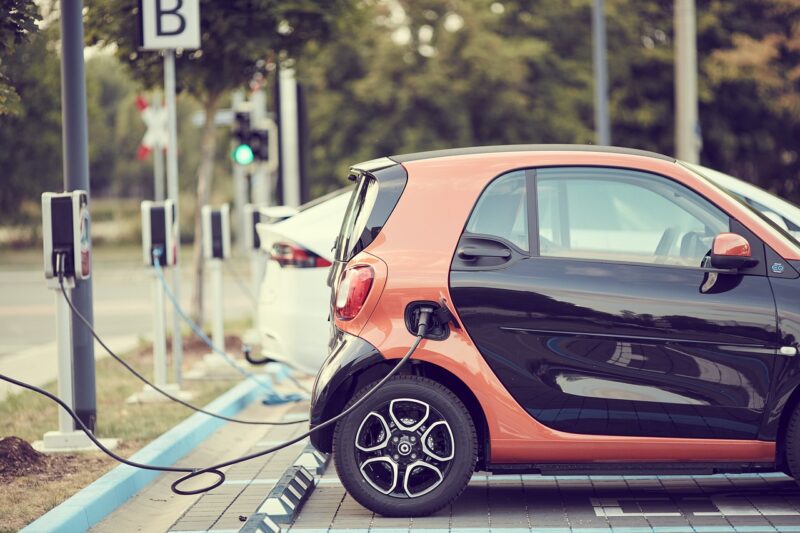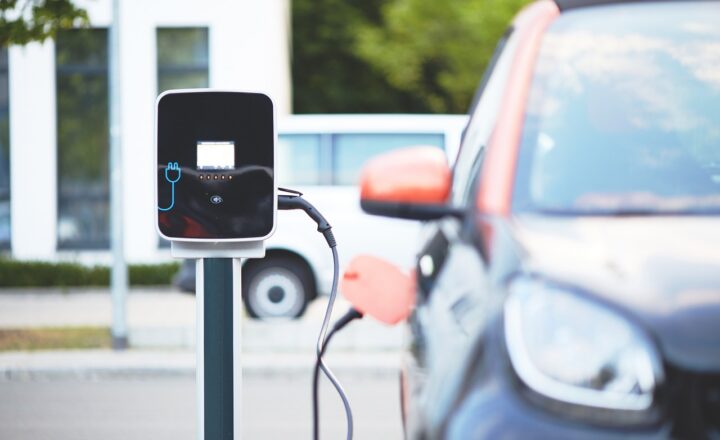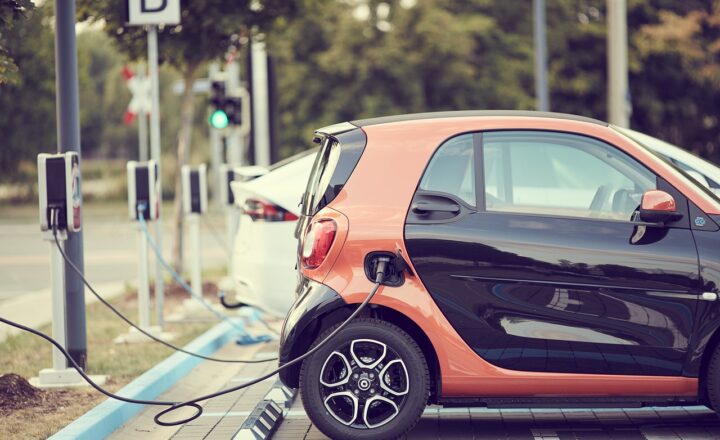How EV Companies Are Innovating to Make Electric Cars More Affordable
November 12, 2024

Electric vehicles (EVs) have emerged as a critical component in the fight against climate change and the pursuit of sustainable energy. However, one of the main barriers to widespread adoption remains their cost. As battery prices decrease and technological advancements surge, numerous electric vehicle manufacturers are creatively innovating to bring down prices and make EVs accessible to a broader audience. This article explores how EV companies are innovating to make electric cars more affordable, ensuring a greener future for everyone.
1. The Challenge of EV Affordability
While the benefits of electric vehicles are evident, the price tag for many models can be substantially higher than that of traditional gasoline-powered vehicles. Costly components like lithium-ion batteries, electric motors, and advanced electronics contribute to this disparity. However, rising demand for eco-friendly transportation is prompting manufacturers to find innovative solutions to this complex problem.
The average price for an electric vehicle in 2023 hovered around $66,000, according to industry reports. To promote EV adoption, innovative solutions are necessary to lower these figures and provide consumers with financially feasible options.
2. Battery Innovations: The Heart of EV Affordability
Batteries are the most significant cost contributor to electric vehicles, constituting up to 40% of the total manufacturing cost. Thankfully, companies are accelerating their research and innovation around battery technology to drive prices lower. Here are some notable advancements:
- Solid-State Batteries: These next-generation batteries promise to replace liquid electrolyte with solid materials, allowing for higher energy density and improved safety. Solid-state batteries can potentially reduce costs, expand driving ranges, and allow for faster charging times, addressing two key consumer concerns—range anxiety and lengthy charging periods.
- Battery Recycling and Second-Life Applications: Companies are investing in battery recycling technologies to recover valuable materials, decreasing the need for new raw materials and ultimately lowering production costs. Additionally, “second-life” applications for used EV batteries offer them a second shot in energy storage for homes or businesses before they’re recycled, creating a new revenue stream and further lowering overall costs.
- Increased Production Scale: As demand for electric vehicles rises, manufacturers are scaling production of batteries at unprecedented rates. This economies of scale help drive costs down, making EVs more affordable for consumers and allowing manufacturers to offer competitive pricing on future vehicles.
By continuing to innovate on battery technologies, EV companies are significantly impacting the overall affordability of electric vehicles.
3. New Manufacturing Techniques
In addition to innovations in battery technology, automakers are investing in new manufacturing processes that can reduce costs and streamline production:
- 3D Printing: This technology is being employed in various stages of vehicle manufacturing. By implementing 3D printing for parts like brackets and housings, manufacturers save on production time and material waste, ultimately lowering costs for the consumer.
- Innovative Assembly Lines: Companies such as Tesla are refining their assembly processes by implementing automation and robotics, leading to reduced labor costs and faster production times. This increase in efficiency allows manufacturers to pass savings onto customers in the form of lower prices.
- Modular Vehicle Platforms: Automakers are developing modular platforms that can be adapted for multiple models. This approach reduces the costs and time associated with producing unique designs while scaling production across different vehicle types, leading to substantial cost savings.
These innovative manufacturing techniques are vital aspects of making electric vehicles more affordable for consumers.
4. Policy Support and Incentives
Government policies play a crucial role in encouraging the adoption of electric vehicles. Incentives at both federal and state levels are helping to lower the entry costs for new EV buyers:
- Tax Credits and Rebates: Various governments offer financial incentives, including tax credits, rebates, and grants, to promote EV adoption. In the United States, the federal tax credit can reduce the upfront cost of an electric vehicle by up to $7,500, significantly encouraging consumers to make the switch.
- Infrastructure Investments: Government investments in EV charging infrastructure can alleviate range anxiety, encouraging more consumers to consider electric vehicles. By providing convenient charging options, more potential buyers see electric cars as a viable alternative to gasoline-powered vehicles.
- Zero-Emission Vehicle Mandates: Some states require automakers to sell a certain percentage of electric vehicles, promoting market diversity and driving overall innovation. These mandates push companies to focus on reducing production costs to make EVs more affordable and accessible to consumers.
These targeted policies create a robust ecosystem for electric vehicle production and adoption, consequently making EVs more affordable for the average consumer.
5. Consumer Education and Awareness
Educating consumers about the benefits and total cost of ownership of electric vehicles is crucial to driving adoption measures. Recent studies indicate that while upfront costs for EVs can be high, consumers can save significantly on maintenance and fuel expenses over time. EV companies are actively:
- Launching Awareness Campaigns: Many manufacturers are creating informational campaigns that educate consumers about EV savings and the long-term benefits of switching to electric. These include information on lower maintenance costs, cheaper electricity versus gasoline prices, and environmental benefits.
- Offering Test Drives and Events: By hosting local test drive events and informational sessions, manufacturers aim to demystify electric vehicles, allowing consumers to experience their capabilities and understand the operational savings involved in owning an EV.
- Building Trust through Transparency: Companies are fostering trust by providing transparent information on product specifications, warranties, and support services. This builds credibility and encourages buyers to feel confident about investing in an electric vehicle despite the initial cost barrier.
Educating the consumer base on the overall value of electric vehicles helps reduce concerns about upfront costs, making them a more attractive option for many.
6. Collaborations and Partnerships
Partnerships among manufacturers, technology firms, and research institutions are enabling innovation and reducing costs through shared knowledge and resources:
- Collaborating on Battery Development: Companies like Ford have teamed up with established battery manufacturers to work on next-gen battery technologies that improve performance while reducing costs. Such collaborations distribute research and development costs, making breakthroughs more affordable.
- Partnering with Renewable Energy Providers: Collaboration with energy companies enables automakers to provide bundled deals for EVs with home solar energy systems, further driving adoption and extending environmental benefits. This partnership allows buyers to harness renewable energy to charge their vehicles, thus saving on electricity costs.
- Working with Charging Networks: Collaborating with charging networks helps enhance accessibility and incentivizes buyers by offering discounts, subscriptions, and memberships for charging services, ultimately making the switch to electric more appealing.
The importance of collaboration cannot be overstated, as partnerships are key to driving down costs and enhancing electric vehicle offerings.
Conclusion
The electric vehicle market is rapidly evolving, fueled by a combination of technological advancements, innovative manufacturing techniques, and proactive government policies. As companies continue to innovate in battery technology, production methods, consumer education, and collaborative efforts, the path to making electric cars more affordable becomes clearer.
The shift to electric vehicles has the potential to transform transportation and combat climate change, but affordability remains a major hurdle. However, with ongoing efforts from EV companies and supportive policies, a future where electric vehicles are accessible and affordable could be on the horizon. The sustainability revolution is underway, paving the way for a greener, cleaner planet for all.






